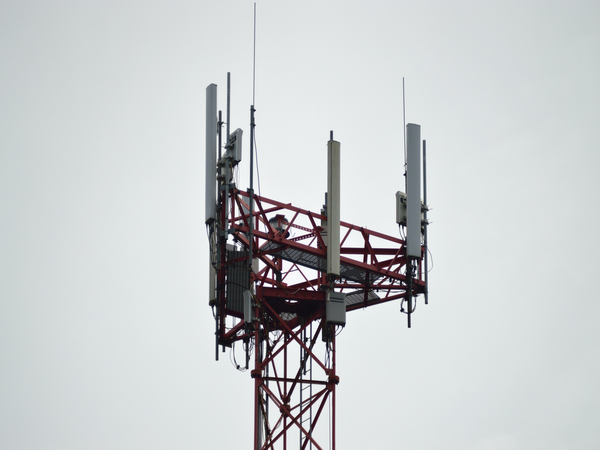New Delhi [India] July 31 (ANI): It was exactly 30 years ago on 31st July 1995, when India’s first mobile call was made, marking a new chapter in the country’s communication history. The first call on 31 July 1995 was made between then Union Telecom minister Sukh Ram in Delhi to then Chief Minister of West Bengal Jyoti Basu in Kolkata.
Since then, over the last three decades, this journey has not only revolutionised communication but also redefined the country’s economic and social landscape.
It all started in 1991, when Dr Manmohan Singh, then Finance Minister, dismantled the government monopoly in the sector and invited private investments.
The National Telecom Policy of 1994 was followed, and the Government issued tenders for mobile licences. This became the game changer for India’s telecom sector, which later became the poster boy of India’s economic reforms.
In 1997, following the Supreme Court directive, the Telecom Regulatory Authority of India (TRAI) was constituted for dispute resolution and regulations of the Industry. Previously, the sector was regulated by the Department of Telecom, which was also a policy-maker, with conflicting interests for private players.
Lt. Gen (retired) Dr. SP Kochhar, Director General of the Cellular Operators Association of India (COAI), called the transformation of India’s telecom sector “phenomenal.”
He said, “India’s telecom sector has witnessed a phenomenal transformation since the country’s first cellular call in 1995. Today, India stands as the world’s second-largest telecom market, boasting over 1.2 billion subscribers and some of the most affordable tariff rates globally. This affordability has connected millions, fuelling the Digital India movement and stimulating growth across every sector.”
Kochhar added that, “Today, over 85% of India’s population and over 99% of the districts in India enjoy access to 5G services”
Nokia, Motorola and Ericsson were the early mobile phone manufacturers that launched and sold in India. Tarun Chhabra, Senior Vice President and Country Head of Nokia India, noted “Our journey has witnessed several milestones, including the first-ever GSM call in India in 1995 on a Nokia phone over a Nokia-supplied network, bringing 3G services in 2011, pioneering 4G/LTE technology in 2012, and introducing 5G to India in 2022.”
HFCL (Himachal Futuristic Communications Limited) played a significant role in India’s mobile journey as a key manufacturer of telecom infrastructure and equipment. Mahendra Nahata, Managing Director of HFCL, noted ” What began as a modest service has evolved into one of the world’s most robust and dynamic telecom infrastructures. HFCL is privileged to be part of this journey, contributing innovative, reliable and indigenous solutions that empower connectivity across the nation,”.
CEO of Comviva Rajesh Chandiramani recalled the initial mobile experiences that went beyond voice–SMS alerts, ringtones, and voice-based services, “From basic VAS to today’s hyper-personalised, AI-driven digital experiences, the journey has been nothing short of extraordinary.”
With 85.5 per cent of Indian households now owning at least one smartphone, and 5G subscriptions expected to reach 980 million by 2030, Anku Jain Managing Director of MediaTek India, credited India’s digital ambition for this rapid adoption. MediaTek, which initially powered feature phones in India, now delivers chipsets for smartphones across all generations and price points.
Jain highlighted the dramatic transformation of the mobile landscape since 1995. “Since the first phone call made in 1995 on a feature phone, India has evolved into the world’s second-largest 5G smartphone market.” (ANI)
Disclaimer: This story is auto-generated from a syndicated feed of ANI; only the image & headline may have been reworked by News Services Division of World News Network Inc Ltd and Palghar News and Pune News and World News
HINDI, MARATHI, GUJARATI, TAMIL, TELUGU, BENGALI, KANNADA, ORIYA, PUNJABI, URDU, MALAYALAM
For more details and packages













